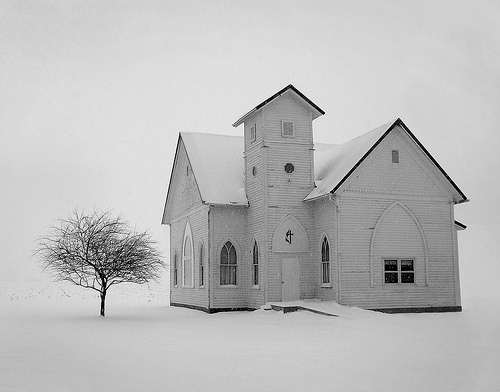
Alexander William Kinglake suggested that all churches should bear the inscription IMPORTANT IF TRUE.

Alexander William Kinglake suggested that all churches should bear the inscription IMPORTANT IF TRUE.
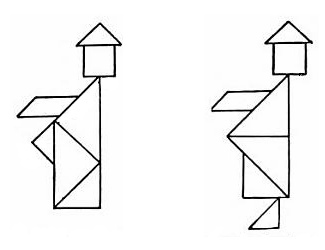
A tangram paradox by Sam Loyd. Each of these gentlemen is assembled from the same seven pieces. Yet one has a foot and the other doesn’t. How is this possible?
I once had a friend who objected to assigning chores by lot on the grounds that random selection was biased in favour of lucky people. He claimed to be serious and went on to compare unlucky people with … groups he took to be victims of discrimination. Sincere or not, wherein lies the absurdity of my friend’s objection?
— Roy A. Sorensen, Blindspots, 1988
In 1987, University of Illinois freshman Mike Hayes wrote to Chicago Tribune columnist Bob Greene with a modest proposal: that each of Greene’s readers contribute a penny to finance his education.
“Just one penny,” he told Greene. “A penny doesn’t mean anything to anyone. If everyone who is reading your column looks around the room right now, there will be a penny under the couch cushion, or on the corner of the desk, or on the floor. That’s all I’m asking. A penny from each of your readers.”
Greene published the appeal in 200 newspapers via his syndicated column — and Hayes received 77,000 letters and enough pennies to break his bank’s coin-counting machine three times. He easily reached his goal of $28,000, enough for four years of tuition, room and board, and books.
He graduated with a degree in food science. Asked why the scheme worked, he said, “I didn’t ask for a lot of money. I just asked for money from a lot of people.”
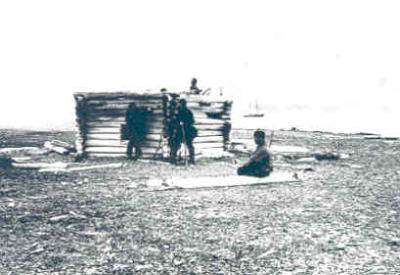
In 1871, a Norwegian seal hunter discovered a wooden hut on Novaya Zemlya in the Arctic Ocean. In it he found clothing, cooking pots, a tool chest, a clock, a flute, a cooking tripod, and several pictures.
It was the lodge of Willem Barentsz, who had passed the winter there in 1597 while seeking a northern route to China. Barentsz had died on the return journey, and the hut had stood for 270 years, awaiting rediscovery.
According to an 1877 report, later investigations recovered Barentsz’s quill pen, a translation of a work on seamanship printed in 1580, “some candles nearly 280 years old, but still capable of giving light” — and “the Amsterdam flag, the first European colour that passed a winter in the Arctic region.”
The thirsty but impecunious soul approaches the bar-tender with a request for brandy, or what not. He takes a sip, pronounces it detestable, and offers to change it for a glass of whiskey. The obliging bar-tender substitutes the whiskey. The customer drinks, smacks his lips, and prepares to depart. ‘Here,’ says the bar-tender, ‘you haven’t paid for your whiskey.’ ‘No,’ is the innocent response; ‘I gave you the brandy in exchange for it.’ ‘But you didn’t pay for the brandy.’ ‘But I didn’t drink it.’ And while the publican intellect is vainly struggling with the mathematical puzzle involved, the puzzler makes good his escape.
— William Shepard Walsh, Handy-Book of Literary Curiosities, 1892
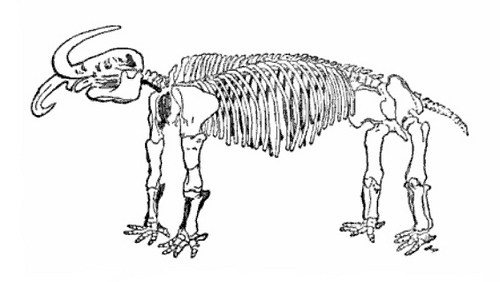
In 1840, Albert Koch made a sensation in London with the “Missouri Leviathan,” an enormous monster whose remains he purported to have discovered in Benton County, Mo. It turned out to be “a mastodon preposterously mounted.” From Scribner’s Magazine:
Koch had added an extra dozen or more joints to the back-bone and ribs to the chest, turned the tusks outward into a semicircle, and converted the animal into an aquatic monster which anchored itself to trees by means of its sickle-shaped tusks and then peacefully slumbered on the bosom of the waves.
The British Museum bought this up and, sniffing, reassembled it into a mastodon. Koch only warmed to his work — in Alabama he turned up the remains of two basilosauri and, writes Rupert Gould, arranged them to form “a serpentine creature 114 feet long, for which he manufactured, from any spare bones that were handy, a corresponding skull, ribs and paddles” (below). He had time to exhibit “Hydrarchos sillimani” in New York and Boston before outraged naturalists finally shut him down; the restored basilosaurs found a home in Berlin.
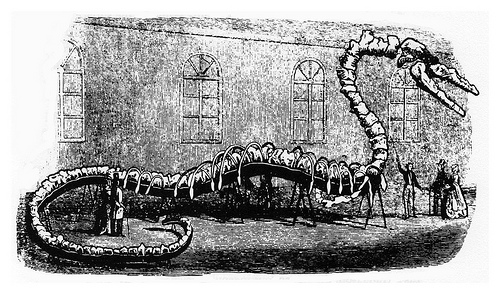
Items prohibited from carry-on baggage by the Transportation Security Administration, as of June 2010:
And “snow globes … even with documentation.”
Maxims of Rochefoucauld:
And “Those who apply themselves too much to little things commonly become incapable of great ones.”
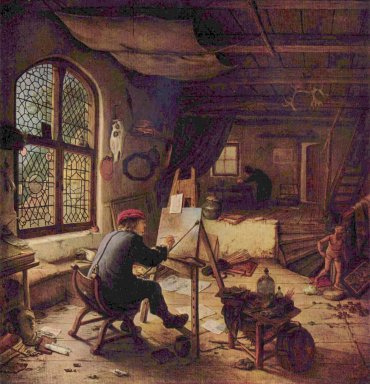
rhyparographer
n. a painter of unpleasant or sordid subjects